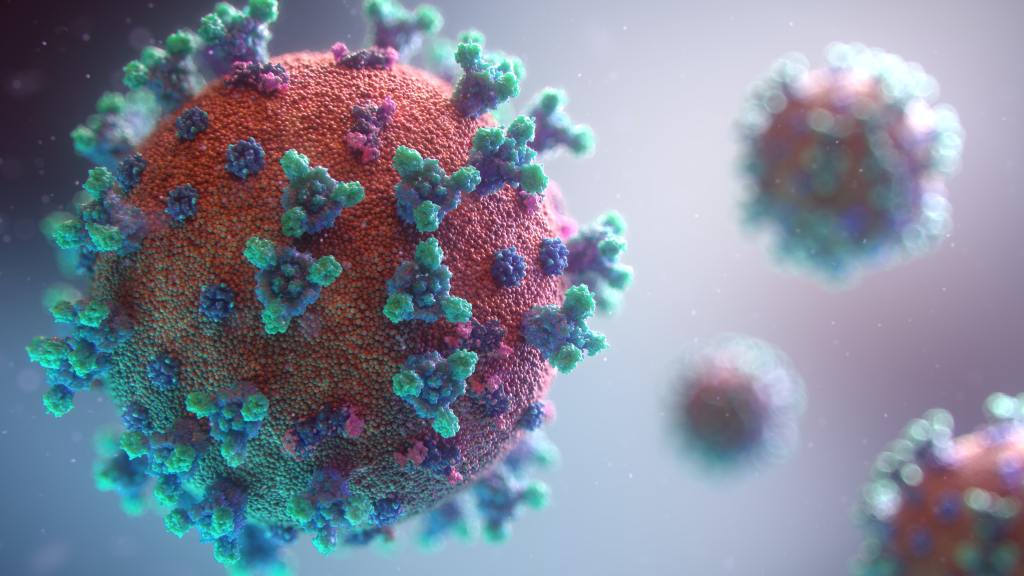RESEARCH PROJECT #ALLAGAINSTCOVID
IP INVESTIGATORS
- Judith Garcia-Aymerich (IS Global)
- Maria Molina (H. Bellvitge)
- Ignacio Garcia (H. Germans Trias i Pujol)
- Sergi Martí (H. Vall d’Hebron)
- Joaquim Gea (H. del Mar)
- Àlvar Agustí (H. Clínic)
CONTEXT
This project is part of the “Clinical-biological-molecular characterization of COVID-19 disease, stages, prognostic stratification and complications” and is based on two key observations:
- a small percentage of individuals infected with SARS-CoV-2 develop critical COVID-19, and it is still unknown what identifiable factors at its onset may influence this poor evolution.
- there is no information on possible sequelae of COVID-19 in survivors although data from similar diseases (SARS, MERS) suggest severe and prolonged sequelae in a significant number of patients.
This project combines traditional statistics, machine learning, radio, and artificial intelligence, to: (1) determine the clinical, biological, and imaging factors associated with the risk of severe respiratory failure or death from COVID-19; and (2) to determine the clinical, biological, and functional sequelae present at 6 months in survivors. Given the current number of new daily cases, it is estimated that after 2-3 weeks of the start of the study, preliminary results will be available on a series of> 5000 cases. The results will identify which patients are most at risk of progressing to critical illness, in order to establish monitoring and early treatment.
The project includes epidemiologists, pulmonologists, radiologists, intensivists and bioengineers from various public hospitals, research centers and Spanish universities. It is open to the participation of other hospitals; and has the logistical and financial support of the Barcelona Respiratory Network (BRN) Foundation.
SUMMARY
This project will identify the clinical, biological, and imaging factors associated with the risk of severe respiratory failure or death from COVID-19 through the combination of traditional statistics, machine learning, radio, and artificial intelligence, based on the data. collected regularly during admission by COVID-19 of approx. 8,000 patients in 9 Spanish public hospitals. The results will allow to identify in which patients to establish monitoring and early treatment, as well as to diagnose pneumonia by SARS-Cov-2 by means of radiography and thoracic ultrasound, technique this last one faster, cheap, innocuous and accessible that the conventional radiology. A random sample of 500 patients will be evaluated 6 months after discharge to determine the clinical, biological, functional, and structural sequelae of COVID-19. The project is structured in two phases and different work packages. Phase 1 will focus on the study of acute disease and the factors that predict possible complications, while Phase 2 will focus on the study of the sequelae. The different work packages address specific aspects of the disease in each of the phases, such as the incidence of embolism or other pulmonary vascular events or the study of the pro-fibrotic mechanisms involved, among others.
SOME EXPECTED IMPACTS
- Possibility to offer early treatment and close monitoring of patients at higher risk of critical COVID, thus improving health outcomes and reducing the burden of health services.
- Determining the prevalence of post-covid19 pulmonary sequelae will allow estimating the consequences of this infection in the medium to long term, as well as socio-sanitary needs. act therapeutically before making irreversible changes.
- To evaluate the effectiveness of non-invasive respiratory support with CNAF (high flow through nasal cannulas), CPAP (continuous positive airway pressure) or NMV (non-invasive mechanical ventilation) in the treatment of Acute Respiratory Insufficiency associated with Covid- 19, in treatments initiated outside the ICU.
- Improve hospital service planning for upcoming outbreaks.
- Help select the treatments that are potentially most likely to succeed in each particular patient (management customization).
- The results may be of additional interest and lay the groundwork for future prediction of response to new therapies or vaccines.
MAIN OBJECTIVES
Phase 1
- To estimate the association between risk factors (clinical, biological and imaging) and the development of severe or dead respiratory failure in 8,000 patients hospitalized for SARS-CoV-2 infection in 9 Spanish public hospitals.
- Identify non-invasive, low-cost imaging markers (chest x-ray and ultrasound), using radiomy and artificial intelligence, to assess the risk of developing severe respiratory failure or death in patients hospitalized for SARS-CoV-2 infection .
Phase 2
- To evaluate the impact of SARS-CoV-2 infection on respiratory symptoms, lung function and structure, and biomarkers in a cohort of 500 survivors at 6 months after hospital discharge.
At 18-24 months of hospital discharge, an evaluation of the long-term impact of COVID-19 on respiratory symptoms, lung function and structure, exercise capacity and biomarkers (not included in the current economic application).
SECONDARY OBJECTIVES
Phase 1
- Identify isolated genetic risk profiles and in combination with clinical and metabolomic factors for the development of pneumonia with severe respiratory failure, progression to Acute Respiratory Distress Syndrome (ARDS), and eventually death.
- Analyze the potential association between the risk factors identified in the three areas mentioned
- Compare the effectiveness of different noninvasive respiratory support treatments (CNAF, CPAP, or VMNI) in preventing (or delaying) death or need for orotracheal intubation and invasive ventilation.
- Assess factors predicting the success or failure of each of the therapeutic options based on disease-specific factors (inflammatory parameters, time of symptoms / admission), comorbidities of the patient, severity of respiratory failure, parameters or characteristics with that the different therapies are applied (CNAF: 50-60 l / m or less, CPAP: ≥ 10 cm H2O or less, type of instrument, hours of compliance, VMNI: ventilatory modus, inspiratory pressure and expiratory pressure used (IPAP and EPAP, respectively), type of ventilator, hours of compliance), concomitant treatments (e.g. benzodiazepines and / or morphics.), Noninvasive respiratory support as a therapeutic ceiling.
- To analyze the incidence of pulmonary embolism in severe patients with COVID-19 infection
- To analyze the incidence of other cardiovascular events in severe patients with COVID-19 infection
- To analyze possible predictors of pulmonary embolism in severe patients with COVID-19 infection
- To analyze the possible predictors of cardiovascular complications in severe patients with COVID-19 infection
Phase 2
- To determine the prevalence and characteristics of post-SARS-COV2 lung sequelae.
- Establish the best follow-up strategy for the early identification of those cases that develop pulmonary fibrosis as a result of this lung injury by SARS-COV2
- Analyze the pro-fibrotic mechanisms involved in SARS-COV2-induced post-ARDS abnormal healing and evaluate predisposing genetic factors.
- Investigate potential pro-fibrotic mechanisms to regulate to reduce pulmonary sequelae of SARS-COV2. To analyze whether patients who received angiotensin-converting enzyme (ACE) inhibitors or angiotensin-II antagonists had a lower degree of damage and pulmonary fibrosis.
PARTICIPATING CENTERS
- Hospital Arnau de Vilanova, Lleida
- Hospital de Bellvitge, Hospitalet
- Hospital Clínic de Barcelona
- Hospital Germans Trias i Pujol, Badalona
- Hospital Gregorio Marañón, Madrid
- Hospital d’Igualada
- Hospital Josep Trueta, Girona
- Hospital del Mar, Barcelona
- Hospital Moisès Broggi, Sant Joan Despí
- Hospital de la Santa Creu i Sant Pau, Barcelona
- Hospital Parc Taulí, Sabadell
- Hospital Universitario Fundación Jiménez Díaz, Madrid
- Hospital Universitari MútuaTerrassa
- Hospital Vall d’Hebron, Barcelona
- Hospital de Sant Boi
- IS Global, Barcelona
- Universitat Pompeu Fabra, Barcelona
- Universitat Rovira i Virgili, Reus-Tarragona




